Visit rice factory mill and benefits of rice
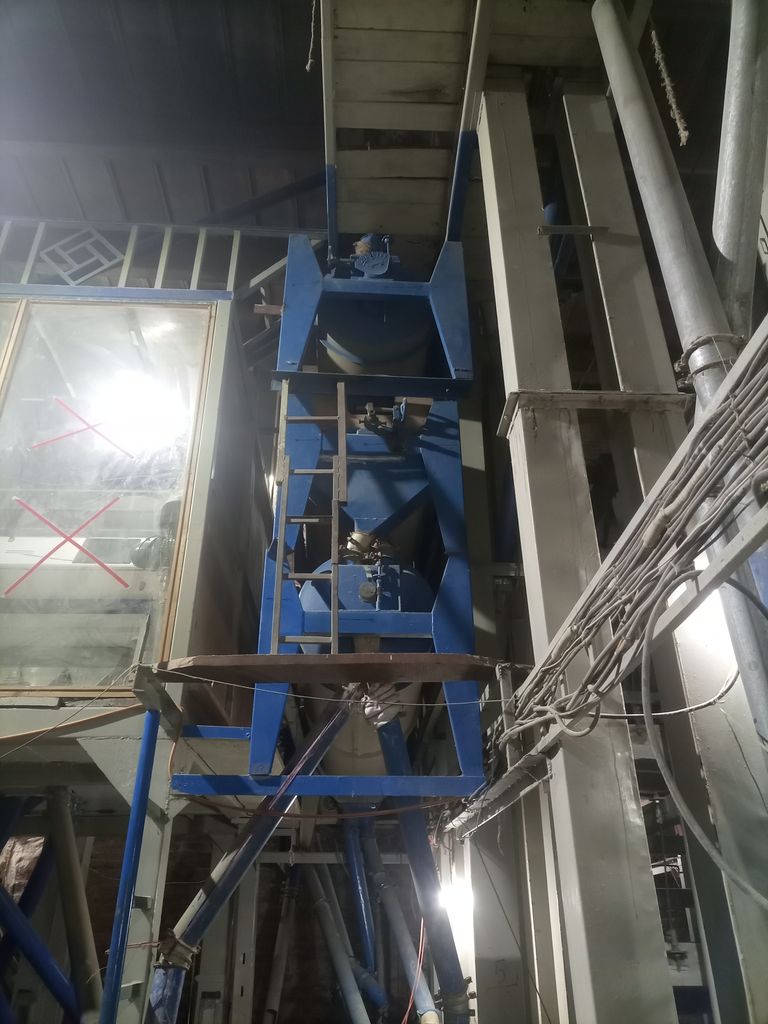
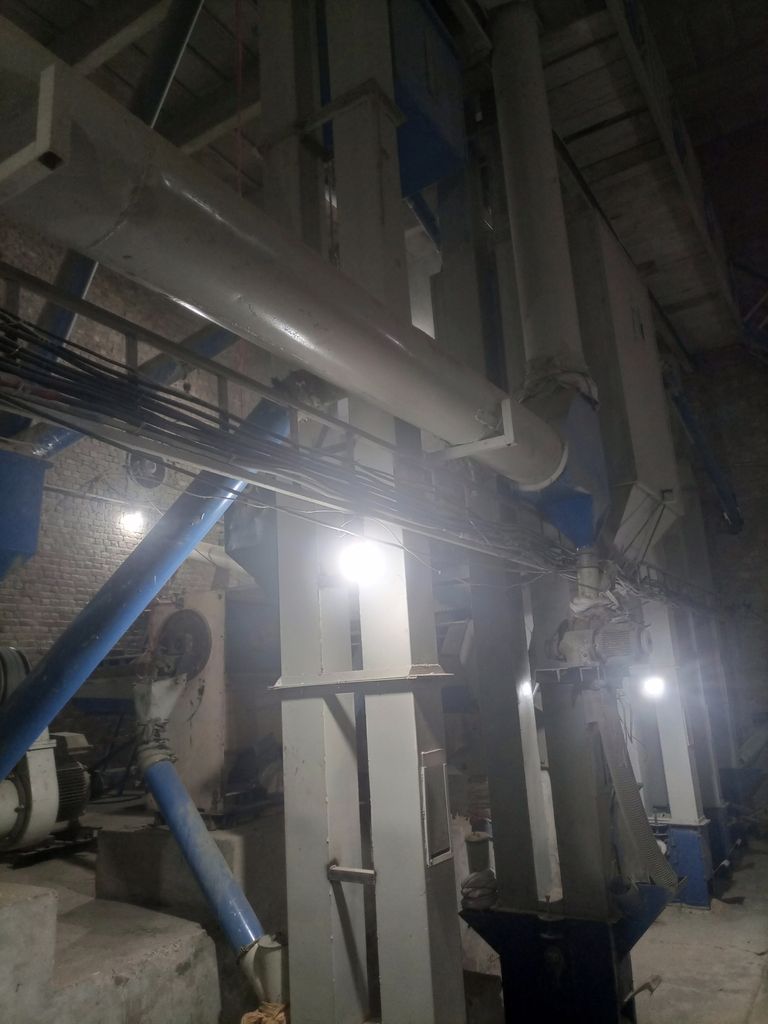
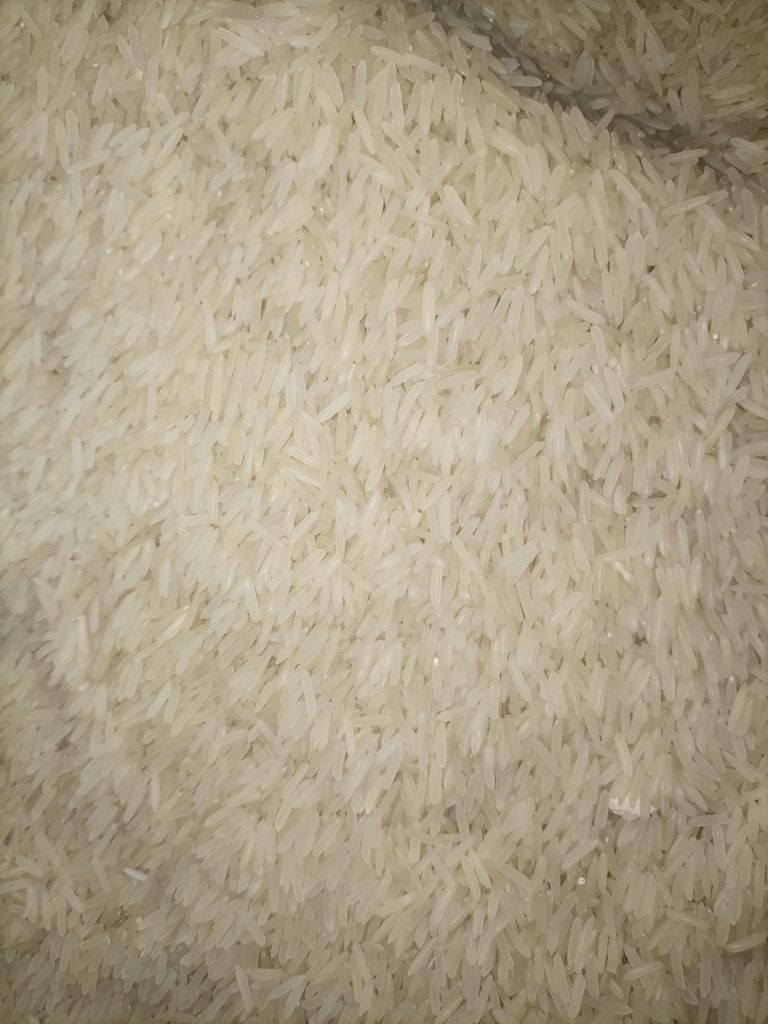

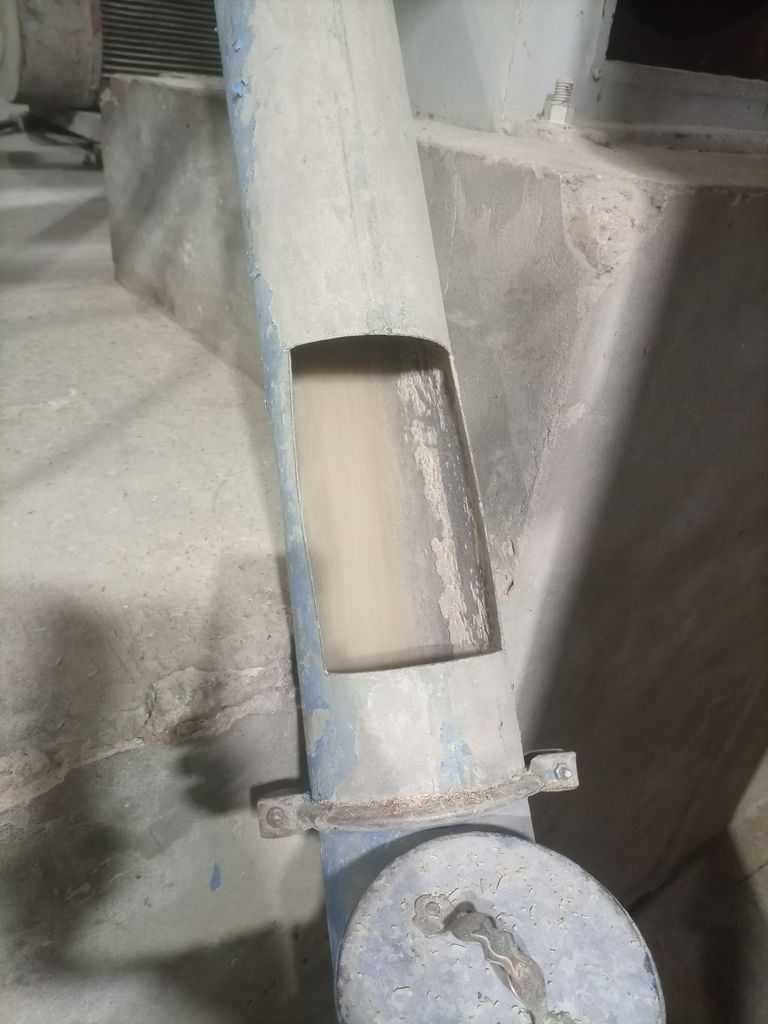
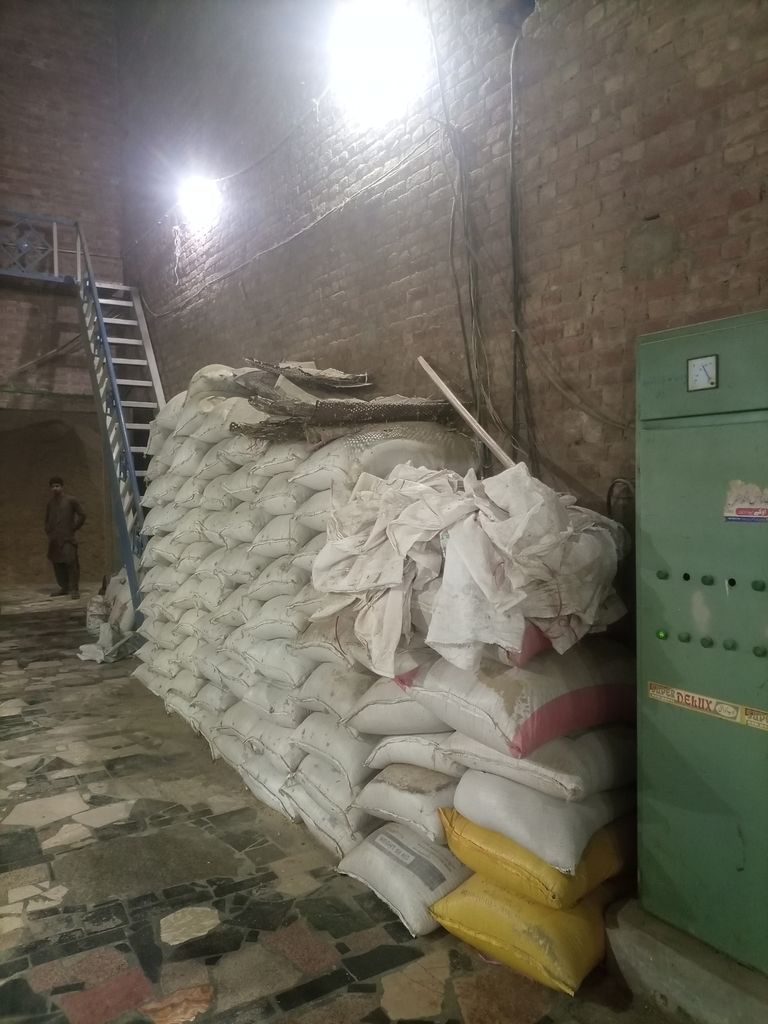
Entering a rice mill unveils a fascinating world of transformation. The journey begins with raw paddy arriving at the mill. The initial stage involves cleaning to remove impurities like stones, husk, and debris. Then, the dehusking process begins, separating the outer husk from the rice grain.
Next, the milling process further refines the grain, removing the bran layers to obtain polished white rice. This process involves careful precision to ensure the quality and integrity of the final product.
Benefits of Rice
Nutritional Value
Rice is a staple food for over half of the world's population, providing essential nutrients like carbohydrates, protein, and some B vitamins.
Energy Source
It serves as a primary source of energy due to its high carbohydrate content, making it crucial in many diets worldwide.
Versatility
Rice comes in various types long-grain, short-grain, brown, white, and more suitable for different dishes, cuisines, and dietary needs.
Cultural Significance
Beyond its nutritional value, rice holds immense cultural significance in many societies, often a symbol of community and tradition.
Economic Importance
Rice cultivation and trade significantly impact economies globally, providing livelihoods for millions of farmers and workers.
Environmental Impact
In some regions, rice cultivation methods have environmental implications, but advancements in sustainable farming practices aim to mitigate these effects.
A visit to a rice mill offers a glimpse into the meticulous process behind this dietary staple, showcasing the convergence of tradition, technology, and sustenance.